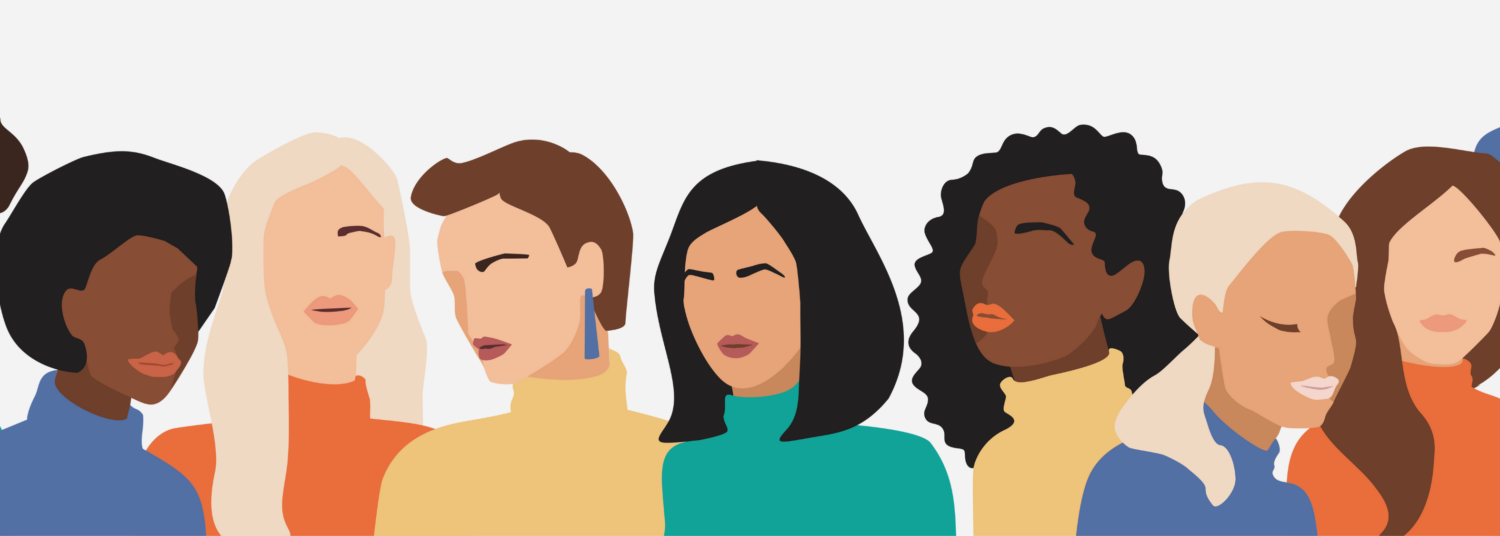What student doesn’t want to be more independent, take a break from the classroom, and potentially earn their own money? With Work Based Learning (WBL) programs, students can do all three, while also learning valuable job, social, and life skills that they can use throughout their future.
WBL provides students opportunities to apply what they learn in the classroom to career settings, an important step for preparing them for life after high school. When students work in the community, they get the chance to get hands-on experiences that will help them reach their employment goals.
These programs can include opportunities outside traditional school settings, such as internships, apprenticeships, job shadowing, service learning, and cooperative education. Each of these experiences provide opportunities for students to not only apply classroom knowledge in a workplace, but also improve soft skills, learn from professionals currently working, and develop job-specific skills.
Best of all, these programs benefit all students, including deaf students!
Benefits of work based programs for deaf youth
WBL programs have benefits for all youth, like improving communication skills, problem-solving skills, and self-confidence. These early work experiences also lead to improved postsecondary outcomes and sustained long-term employment. Outcomes of WBL programs also show that they can help youth experience greater job satisfaction, build a professional network and references, and lead to higher wages.
Deaf students get those same benefits from WBL experiences, plus some added bonuses. WBL programs can increase social capital and opportunities for employment. For some deaf students, these programs also provide an opportunity to work with people they would normally not have contact with, as well as experience a larger sense of community.
The benefits extend beyond just the single deaf student. WBL experience also offers learning opportunities for hearing people on site. Most hearing supervisors do not have opportunities to work with deaf colleagues. Work sites participating in WBL programs can increase the diversity of their workforce, change attitudes toward deaf people, and increase their understanding of Deaf culture.
Learn how to grow and improve work based learning programs
Developing WBL programs for deaf students requires consideration of program goals, sustainable funding, and a need within the community. Intentional planning of WBL programs is paramount. Starting small and learning from experience often is key to long-term success.
There are key components that create successful WBL programs, which include partnerships with employers, pre-enrollment activities, structured programs, and evaluation. Each of these is an important part of any robust program. They require upfront planning, a continuous investment of attention, and monitoring once a program is launched.
To help support your efforts to grow and improve your WBL experiences for deaf students, the National Deaf Center on Postsecondary Outcomes (NDC) offers many resources and learning opportunities.
Our free, online professional development course on WBL programs — Developing Accessible Work Based Learning Programs — helps you consider what is needed to design accessible programs for deaf students, evaluations, and opportunities for iterative improvement. It will also help you find tools that can be used to gather input from students, employers, and teachers about work placements and learn from deaf people’s experiences in employment settings.
As always, our NDC help team is always here to support you. Additionally, here are some great resources to also check out:









